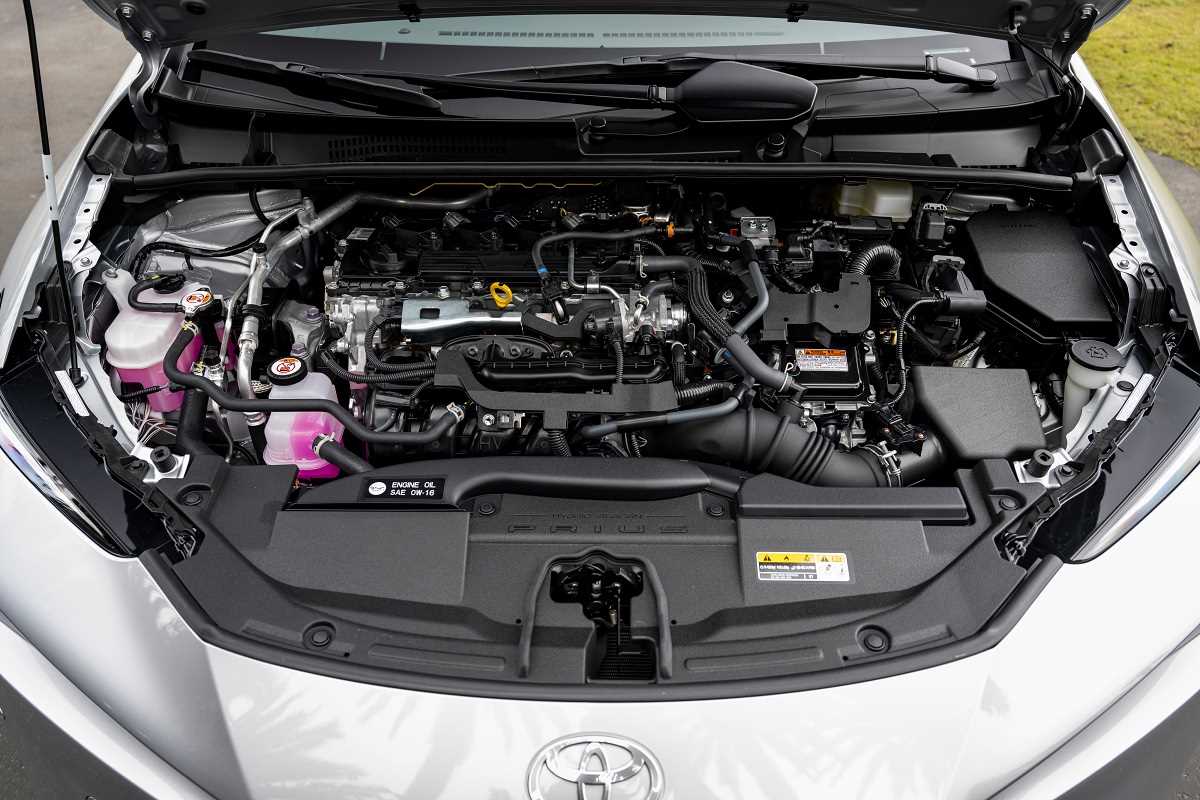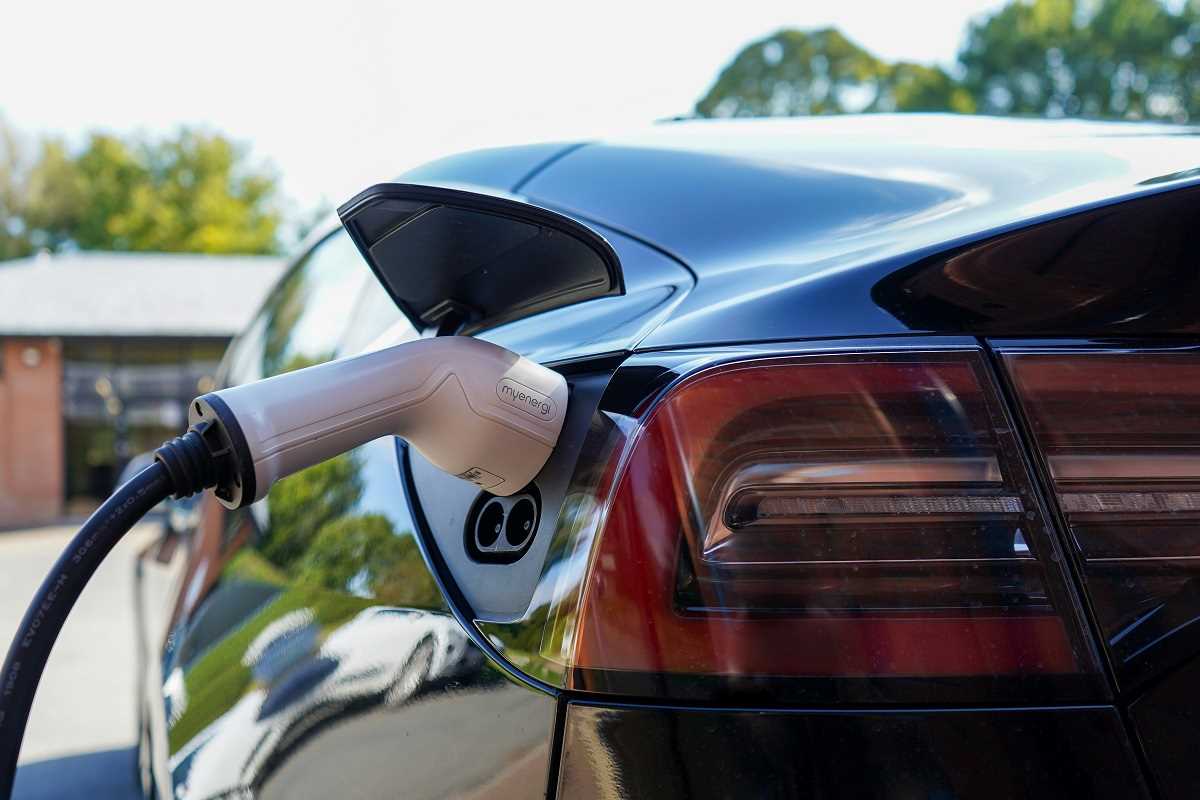Buying a car online can be an exciting and convenient experience. Gone are the days of spending entire weekends hopping from dealership to dealership. With a few clicks, you can browse thousands of used cars on platforms ranging from dealership websites to private seller listings on online marketplaces. However, buying a used car online isn’t without its challenges and risks. From ensuring the car’s condition matches the seller’s claims to avoiding scams, knowing what to look for is crucial.
Here’s a comprehensive guide to help you confidently purchase a used car online, while protecting your finances and getting the best value.
1. Research Platforms and Understand Their Differences
Not all online car-buying platforms are created equal. Different sites offer different levels of security, warranties, and services. The three primary outlets for buying used cars online are dealership websites, private sellers, and online marketplaces, and each has its pros and cons.
Dealership Websites
- Dealers often list certified pre-owned (CPO) cars that come with warranties and thorough inspections.
- They may offer financing options or trade-in deals.
- Prices tend to be fixed or only mildly negotiable.
Private Sellers
- Listings on platforms like Craigslist or Facebook Marketplace often provide direct communication with individual sellers.
- Prices might be more negotiable, but there’s little to no buyer protection.
- These transactions require extra caution to avoid scams.
Online Marketplaces
- Platforms like Autotrader, Cars.com, and Carvana aggregate listings from dealerships and private sellers.
- Some offer vehicle delivery, return policies, and limited warranties.
- Marketplaces often have tools to compare pricing and features across similar listings.
Start by choosing a platform that suits your needs, budget, and comfort level.
2. Verify the Car’s History
When buying a used car, knowing its history is one of the most important steps. Issues like prior accidents, title problems, or odometer fraud can significantly impact the car’s value and reliability.
How to Check a Car’s History
- Vehicle History Report: Use services like Carfax or AutoCheck to verify the car’s accident history, mileage, title status, and maintenance records.
- VIN: Ask for the Vehicle Identification Number (VIN) and run it through online tools to pull up any red flags.
- Ownership History: Check how many previous owners the car has had. A single-owner car often indicates better care and maintenance.
If the seller is hesitant to provide the VIN or a history report, consider it a red flag. Transparency is key when buying a car online.
3. Understand the Car’s Market Value
Before making an offer, research the fair market value of the car. Knowing what a car is worth helps you make competitive offers and avoid overpaying.
How to Determine Market Value
- Use Pricing Tools: Free resources like Kelley Blue Book (KBB) or Edmunds help determine the current market value based on the car’s make, model, age, mileage, and condition.
- Compare Listings: Look at several listings for the same car model to get a sense of the average asking price.
- Consider Factors: Features like condition, location, and additional packages can influence price.
Looking up market value will also give you an idea of potential future depreciation if you decide to resell the car later.
4. Ask Detailed Questions
When browsing online listings, detailed descriptions are crucial. If a listing is vague or lacks sufficient details, don’t hesitate to ask the seller for more information.
Key Questions to Ask
- Why are you selling the car?
- Has it been in any accidents?
- Do you have service and maintenance records?
- Are there any known mechanical issues?
- What’s the car’s mileage?
Take note of how responsive and transparent the seller is. Avoid sellers who dodge questions or provide unclear answers.
5. Request a Pre-Purchase Inspection
Since you can’t assess the car in person right away, a pre-purchase inspection (PPI) is essential to evaluate its condition. This service involves hiring a professional mechanic to inspect the car for any unseen issues.
How to Arrange an Inspection
- Ask the seller if the car is available for inspection. Reliable sellers should not oppose this step.
- Hire an independent mechanic or use mobile inspection services that visit the car’s location.
- Focus on critical areas like the engine, tires, brakes, and undercarriage to detect wear, leaks, or rust.
Although you’ll likely have to pay around $100-$200 for the inspection, identifying hidden problems early can save you thousands in repairs later.
6. Protect Yourself Against Scams
The online car marketplace is ripe with scammers, making it essential to take extra precautions. Both buyers and sellers can fall prey to fraud, so staying vigilant is key.
Common Scams to Watch For
- Too Good to Be True Prices: If a car is listed below market value with no clear reason, it might be a scam.
- Requests for Upfront Payment: Avoid any seller demanding payment or deposits before you’ve seen the car.
- Fake Escrow Services: Some scammers pretend to use escrow accounts but direct your payment to a fraudulent account.
Tips to Stay Safe
- Use platforms with built-in buyer protections.
- Avoid wire transfers; opt for secure payment methods like PayPal or verified bank transfers.
- Meet in a public location when possible, and always bring someone with you for safety.
These steps can help you steer clear of fraudulent transactions and ensure your online purchase is legitimate.
7. Test Drive and Inspection Logistics
Even when buying online, test driving the car is crucial to confirm its performance and condition. Many buyers assume this step isn’t an option, but it’s entirely possible!
How to Test Drive an Online Listing
- Arrange to meet the seller in person at a safe location, such as a dealership or public parking lot.
- For long-distance purchases, some services, like Carvana or Vroom, offer return windows or trial periods, giving you a chance to test the car after delivery.
What to Watch For During the Test Drive
- Engine performance and noise levels.
- Brake responsiveness and smooth handling.
- Comfort of the seating and interior controls.
A test drive ensures the car not only meets the seller’s claims but also feels like the right fit for you.
8. Negotiate with Confidence
One of the perks of buying a used car online is the potential for negotiation. Whether you’re working with a private seller or a dealership representative, it’s often possible to lower the price or negotiate add-ons like warranties or free delivery.
Negotiation Tips
- Lead with your research. Use pricing tools and market value reports to justify your offer.
- Point out flaws discovered during your inspection as leverage to lower the price.
- Be willing to walk away if negotiations stall. Other vehicles are always available.
Negotiating can feel intimidating, but with preparation, you can secure a deal that fits your budget.
9. Final Steps Before Purchase
Before finalizing the deal, there are a few final steps to complete to ensure the purchase is smooth and legal.
Checklist
- Review Documentation: Verify the car has a clean title with no liens.
- Get a Bill of Sale: This document serves as proof of ownership transfer.
- Check Warranty Options: Look into extended warranties, especially for older or high-mileage cars.
Once everything checks out, complete the payment securely and celebrate your new set of wheels!
Buying a used car online offers incredible convenience and access to a wider selection, but it also requires extra diligence to ensure a safe and successful transaction.
 (Image source: Midjourney)
(Image source: Midjourney) .jpg)


.jpg)


